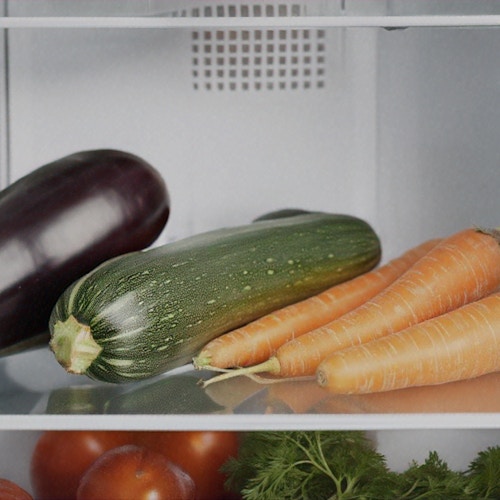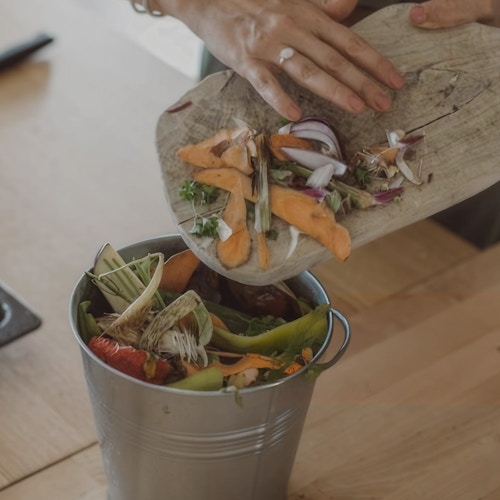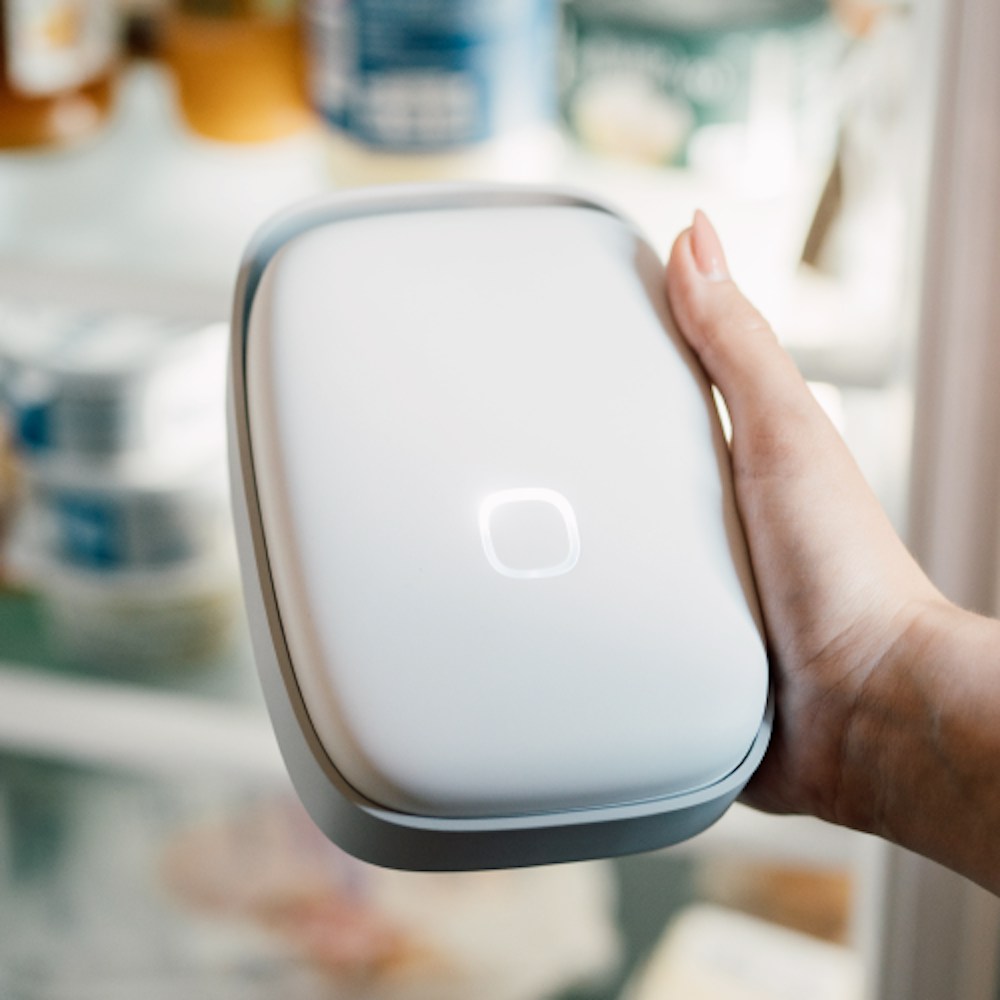
Master food storage and minimize waste with Shelfy
→
Knowing how to properly preserve food is essential not only to make it last longer but also to ensure it is healthy and to reduce waste. Shelfy is the perfect ally to solve these problems!
- Why it's important to properly preserve food
- Why does food go bad?
- How to use the fridge to correctly store food
- How to properly store food in the fridge
- The solution: Shelfy, the fridge purifier by Vitesy
- How Shelfy helps keep your food fresh longer
- Where to place Shelfy in your fridge
- Use the food library to become a food storage expert
Why it's important to properly preserve food
Properly preserving food is important from various perspectives: it keeps them fresh longer by slowing down deterioration and maintaining organoleptic properties at their best, reducing waste to a minimum.
In this article, we have compiled all the essential information to ensure you have all the tools to make the best use of your fridge and store each food item in the most correct way possible. Moreover, as we will see, thanks to Shelfy, everything becomes even easier! It is your perfect ally to become a true preservation expert, helping you limit food and money waste.
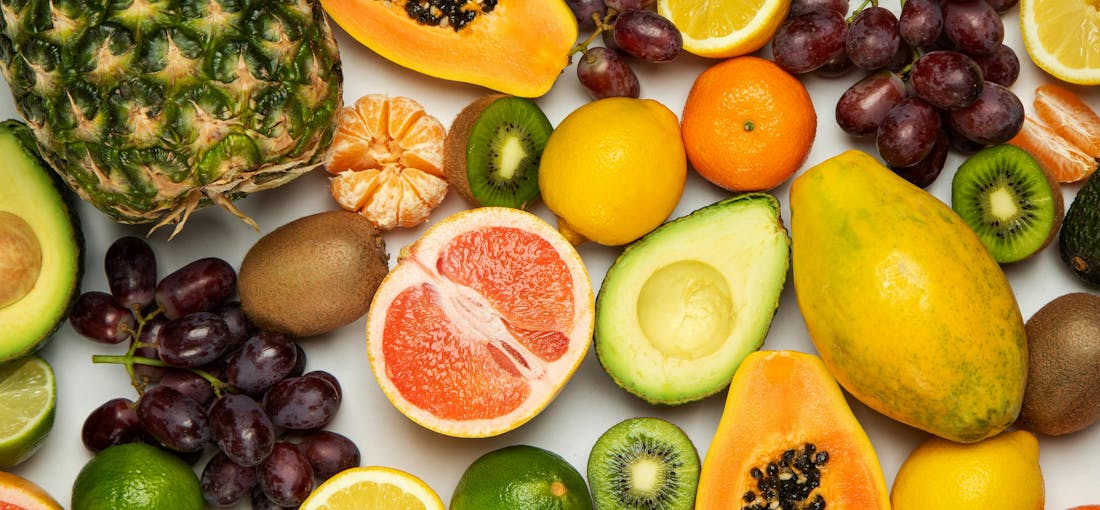
Why does food go bad?
Food can deteriorate due to a combination of physical, chemical, biological, and environmental factors. Proper food management and preservation can help minimize these risks and extend shelf life.
Microorganisms, such as bacteria, yeasts, and molds, are among the main culprits of food spoilage. In the case of fruits and vegetables, they feed on the plant tissue, which is rich in sugars, minerals, and proteins, and can come from the growing soil, air, insects, animals, the supermarket, or even directly from our homes due to cross-contamination or air.
In the case of fruits and vegetables, it is important to mention ethylene, a plant hormone that plays a crucial role in the ripening of fruits. It is naturally produced by plants; however, not all emit it in the same quantity: there are the so-called climacteric and non-climacteric fruits.
- Climacteric fruits are those that emit a greater amount of ethylene, especially during ripening. Among the most common are avocados, apples, peaches, and kiwis.
- Non-climacteric fruits, on the other hand, emit less ethylene. They ripen while attached to the plant, but after harvest, the ripening process is very slow. Citrus fruits, strawberries, and grapes belong to this second category.
In addition to the emission of ethylene, sensitivity to it should also be considered. Some types of fruits and vegetables (such as broccoli, lettuce, peppers) react with accelerated ripening, yellowing, or losing firmness more quickly.

Bingxue Hu, Da-Wen Sun, Hongbin Pu, Qingyi Wei, Recent advances in detecting and regulating ethylene concentrations for shelf-life extension and maturity control of fruit: A review, Trends in Food Science & Technology, https://doi.org/10.1016/j.tifs.2019.06.010.
Besides ethylene and microorganisms, various factors significantly influence the shelf life of food. Temperature is one of the crucial factors: keeping food in refrigerated environments slows down deterioration processes. Therefore, it's very important not only to store food properly but also to use the refrigerator appropriately to maximize its impact. In the following sections, we will see how to do this better.
How to use the fridge to correctly store food
There are some basic suggestions and good practices that are already commonly known, such as regularly cleaning the fridge (to remove, for example, food residues or prevent cross-contamination of microorganisms), paying attention to expiration dates, and moving food that is about to expire to the front to avoid forgetting about it. It's also important to store food in appropriate containers, both for sanitary reasons and to avoid odor cross-contamination of food. The latter can significantly impact food quality, negatively affecting its taste as well.
The most important aspect for proper food storage is temperature. Setting it correctly and ensuring it doesn't fluctuate too much during the day helps food last longer. Generally, it's recommended to keep the temperature between 1°-2°C (39°-43°F) to best preserve food.
It's better to avoid putting extremely hot food in the fridge because it could cause an increase in temperature and humidity. A rise in internal temperature requires the refrigerator to work harder to lower the temperature again, resulting in higher energy consumption and premature wear of the cooling system. Additionally, it's important not to overfill the fridge: this makes it more difficult to maintain the internal temperature and could hinder proper air circulation.
An important factor in maintaining temperature is the door opening time: the longer the fridge doors are open, the more warm air will enter, reducing food quality and increasing the energy needed to lower the total temperature again.
How to properly store food in the fridge
Fridge temperature is not only inconsistent over time but also varies in different areas inside it. This means each part is dedicated to a different food category based on its optimal storage temperature.
We have created a guide image that summarizes these concepts in a simple way.

The temperature of the fridge is higher on the top shelves and lower on the bottom shelf, while the drawer dedicated to fruits and vegetables has higher humidity to ensure more appropriate storage for this category of food.
The top shelf is perfect for storing ready-to-eat foods and leftovers, as the temperature is higher.
The middle shelf, on the other hand, is dedicated to eggs and dairy products: milk, yogurt, cheese, cream, etc.
On the coldest shelf, which is the lowest one, meat, poultry, and fish should be stored: it is very important, for food safety reasons, that these are contained within their plastic packaging or a container to avoid the risk of cross-contamination. Many refrigerators have a special compartment called a chiller with a temperature around 1-2°C specifically for storing these foods.
There is also the drawer dedicated to fruits and vegetables, the crisper, specifically created to maintain the correct level of humidity. Some fridges have two, one with high humidity for vegetables and one with low humidity for fruits. In some fridges, it's also possible to manually select the desired type of humidity.
Lastly, the door shelves are the warmest area of the entire fridge, and are therefore suitable for storing condiments, sauces, jams, juices, and other beverages. This is the area most at risk for temperature fluctuations, so it is important not to store foods that are particularly sensitive to this and that risk spoiling more quickly.
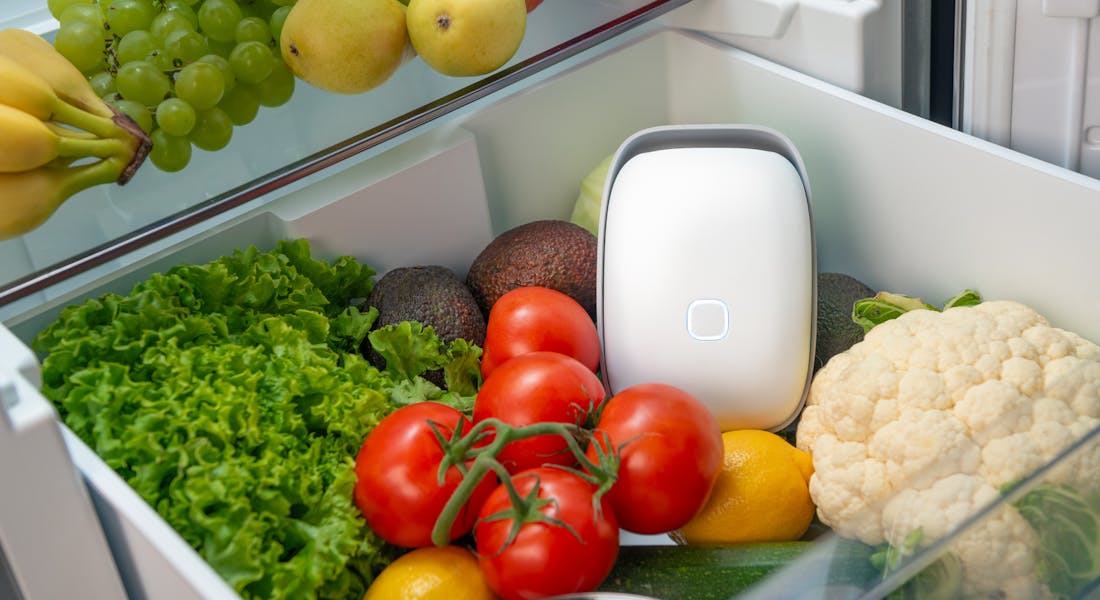
The solution: Shelfy, the fridge purifier by Vitesy
Thanks to Shelfy, our innovative fridge purifier, you will always have control over the state of your fridge to ensure that your food stays fresh longer, in an environment where bacteria, molds, and odors are significantly reduced. With its temperature and door opening sensors, you can make sure your fridge is in optimal conditions to keep your food at its best and always be aware of how to act to improve its condition.
The device is very easy to maintain: the filter is washable and the battery, rechargeable with a USB-C cable, lasts up to 3 weeks! It takes little effort to make a difference, and thanks to Shelfy you can have minimal effort and maximum results: it's time to think about your well-being, starting with what you eat.
How Shelfy helps keep your food fresh longer
Shelfy uses a technology called photocatalysis: the air in the fridge is directed towards the ceramic filter inside Shelfy, and when the visible band LED lights placed above this hit it, the reaction that eliminates pollutants on a molecular level is activated. Watch this video to learn more about how the technology works!
By breaking down the molecules responsible for the ripening of fruits and vegetables (i.e., ethylene) and reducing the microorganisms present in the air, Shelfy is able to prolong the life of food in your refrigerator, saving you money and reducing food waste. Not only that, Shelfy also reduces odors in your refrigerator, preventing odor cross-contamination and improving your experience when you open the fridge!
Where to place Shelfy in your fridge
The design of Shelfy is compact and elegant, perfect for being easily placed inside your fridge even if space is tight. You can position it either vertically, placing it on its special feet, or horizontally. Just make sure that the air inlet and outlet areas are not obstructed, and that there is no risk of accidentally pressing the button.
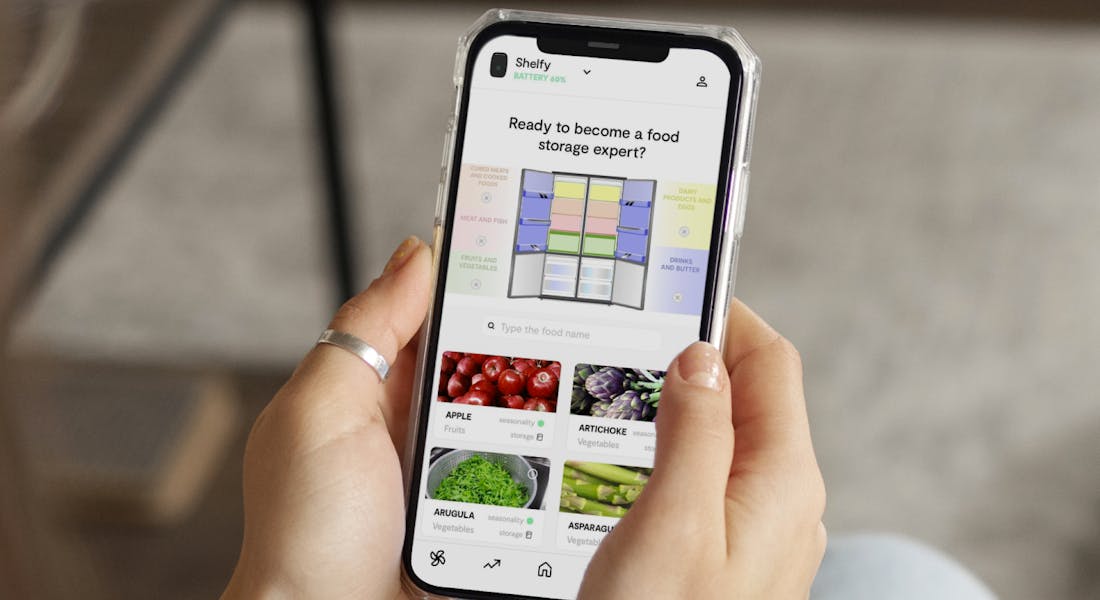
Use the food library to become a food storage expert
Should tomatoes be stored inside or outside the fridge? How should vegetables be positioned to make them last longer? Discover the food library section within our Vitesy Hub app and clear all your doubts about food storage. Depending on the type of fridge you have, this section will indicate where to place all the foods in the fridge with the help of a simple chart.
Each food item has its own dedicated section where you will find extra tips on how to store them optimally based on their ripening. For each food item, seasonality is also indicated, so when you go shopping, you can be sure that what you buy is in season and of the highest quality, so you can enjoy it to the fullest. Thanks to the Shelfy food library, you can become a true expert in food preservation and have all the tools to combat food waste starting from your fridge.
Don't miss out on all the benefits of Shelfy: it's time to enjoy fresher and healthier food than ever before!

